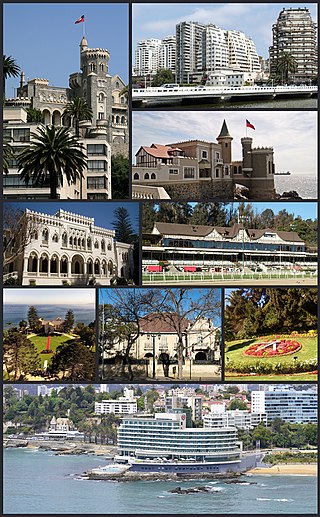
Viña del Mar is a city and commune on central Chile's Pacific coast. Often referred to as La Ciudad Jardín, Viña del Mar is located within the Valparaíso Region, and it is Chile's fourth largest city with a population of 324,836. Viña del Mar is also part of the Greater Valparaíso area, the country's second largest metropolitan area, after the Metropolitan area of Santiago. The Greater Valparaíso Area is home to five municipalities: Valparaíso, Viña del Mar, Concon, Quilpue and Villa Alemana.
Laguna Verde is a Chilean town in the commune of Valparaíso in Valparaíso Province, Valparaíso Region. The town itself is small and quiet, feeling quite removed from hustle and bustle of nearby Valparaiso. Attractions include secluded beaches and miles of old logging roads perfect for mountain biking.
Azapa Valley is a fertile and narrow oasis in Arica y Parinacota Region, Chile. It is framed between two sere hills and divided by the San Jose River that runs during the summer season. It is located three kilometres (1.9 mi) from the city of Arica. This jewel of the north has a unique climate that permits the farming of a great variety of fruits and vegetables throughout the year. This is in addition to the unique Azapa olives, renowned for their violet color and bitter flavor that also gives birth to a hearty oil.

The Chinchorro mummies are mummified remains of individuals from the South American Chinchorro culture, found in what is now northern Chile. They are the oldest examples of artificially mummified human remains, having been buried up to two thousand years before the Egyptian mummies. The earliest mummy that has been found in Egypt dated around 3000 BCE, while the oldest anthropogenically modified Chinchorro mummy dates from around 5050 BCE.
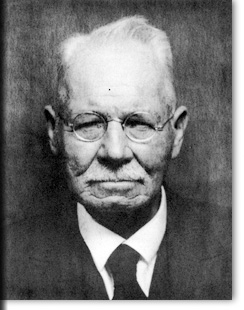
Friedrich Max Uhle was a German archaeologist, whose work in Peru, Chile, Ecuador and Bolivia at the turn of the Twentieth Century had a significant impact on the practice of archaeology of South America.

Estación Mapocho is a former railway station that, since 1994, has been refitted as a cultural centre that hosts many kinds of events.
The Mano del Desierto is a large-scale sculpture of a hand located in the Atacama Desert in Chile, about 60 km to the south and east of the city of Antofagasta, on the Panamerican Highway. The nearest point of reference is the "Ciudad Empresarial La Negra". It lies between the 1309 and 1310 km marker points on the highway. The piece references the human rights violations perpetrated by the Pinochet regime.

The San Jorge Gulf is a bay in southern Patagonia, Argentina. It is an ocean basin opening to the Atlantic. Its shoreline spans Chubut and Santa Cruz province. The gulf measures approximately 142 miles (229 km) at its mouth and covers approximately 39 square kilometres (15 sq mi). It is located between Cape Dos Bahías and Cape Tres Puntas.
Pendulum Cove is a cove at the north-east side of Port Foster, Deception Island, in the South Shetland Islands of Antarctica. The name of the cove derives from the pendulum and magnetic observations made there by the British expedition under Henry Foster in 1829.
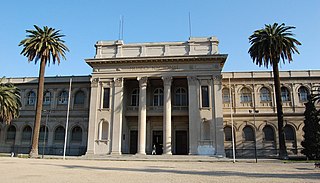
The Chilean National Museum of Natural History is one of three national museums in Chile, along with the Museum of Fine Arts and the National History Museum. It is located in Quinta Normal Park. Founded on September 14, 1830 by the French naturalist Claudio Gay, the director of the Museum and the Botanical garden was another Frenchman Jean-François Dauxion-Lavaysse.

Since the mid-1990s, tourism in Chile has become one of the main sources of income for the country, especially in its most extreme areas. In 2005, this sector grew by 13.6%, generating more than US$500 million, equivalent to 1.33% of the national GDP.

The Atacama Desert is a desert plateau located on the Pacific coast of South America. Stretching over a 1,600 km (990 mi) strip of land west of the Andes Mountains, it covers an area of 105,000 km2 (41,000 sq mi), which increases to 128,000 km2 (49,000 sq mi) if the barren lower slopes of the Andes are included.

The precolonial history of Chile refers to the period from the first human populations in the territory of Chile until the first European exploration of the region, by Spaniard Diego de Almagro in 1535-36.

Lo Miranda is a Chilean city, located in the commune of Doñihue, O'Higgins Region.

The Santiago Museum of Contemporary Art is located in Santiago, Chile. It is one of the city's major museums, created in 1947, and is run by the University of Chile Faculty of Arts. Since 2005, the museum has had two separate sites: MAC Parque Forestal and MAC Quinta Normal Park.
Bernardo Arriaza is a Chilean physical anthropologist with an emphasis on bioarchaeology.
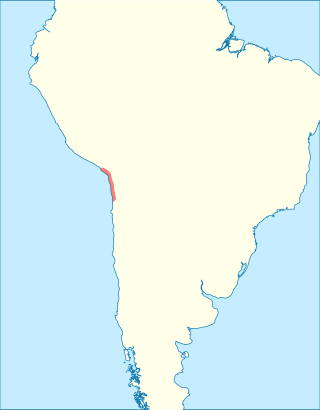
The Chinchorro culture of South America was a preceramic culture that lasted from 9,100 to 3,500 years BP. The people forming the Chinchorro culture were sedentary fishermen inhabiting the Pacific coastal region of current northern Chile and southern Peru. Presence of fresh water in the arid region on the coast facilitated human settlement in this area. The Chinchorro were famous for their detailed mummification and funerary practices. The area of the Chinchorro culture started to receive influences from the Andean Plateau around 4,000 BP, which led to the adoption of agriculture. Much later, it came under the influence of the Tiwanaku Empire.
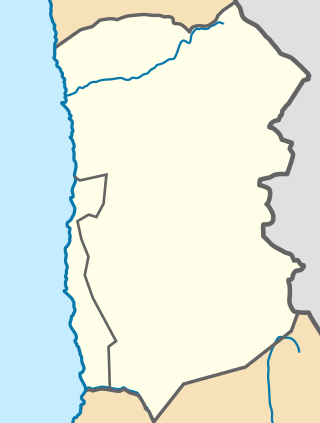
Caleta Buena is a Chilean town. The town is currently uninhabited and located in the commune of Huara, Province of Tarapacá, Region of Tarapacá. It is located 30 km south of Pisagua and 31 km north of Iquique. Geographically, Caleta Buena is a small cove.














